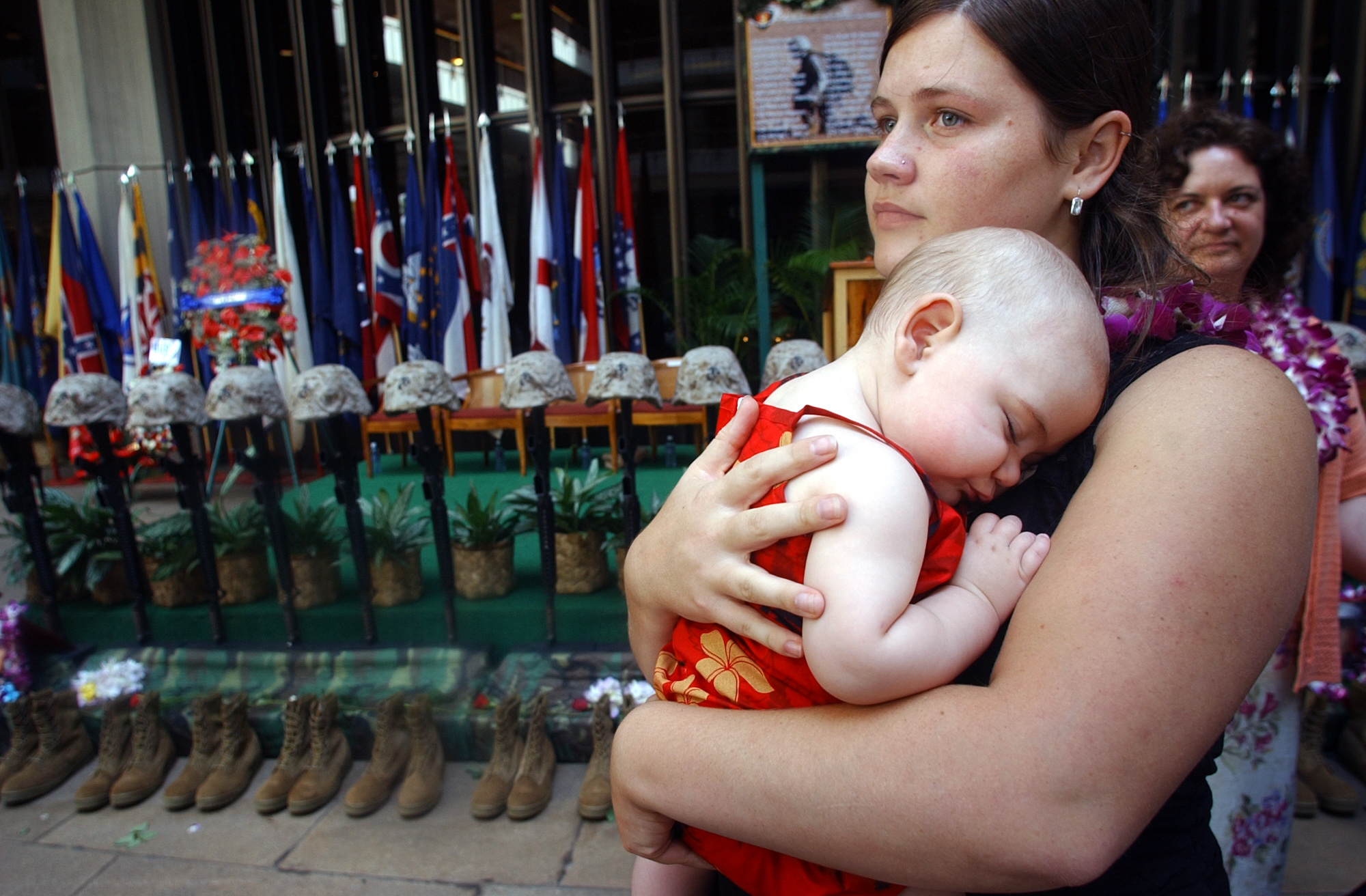Poverty & Crime
The notion that economic deprivation necessarily leads to lawlessness is widely believed but is not supported by empirical evidence. Human history is replete with examples of impoverished people—of all racial and ethnic backgrounds—who have endured extreme poverty without descending into criminal activity. During the 1960s, for instance, the residents of San Francisco’s Chinatown were among America’s poorest people—with the most unemployment, the worst housing conditions, the least education, and the highest rate of tuberculosis in their city. Yet despite such hardships, only five people of Chinese ancestry went to jail in the entire state of California in 1965.
[1]
Similarly, Jewish immigrants to America during the late nineteenth and early twentieth centuries also repudiated criminality despite having to face extreme economic deprivation...
In modern America, the correlation between high crime rates and poverty has a great deal to do with the proliferation of single-parent, father-absent households.
According to the U.S Census, in 2008 the poverty rate for single parents with children was 35.6%; the rate for married couples with children was 6.4%. For white families in particular, the corresponding two-parent and single-parent poverty rates were 21.7% and 3.1%, respectively. For Hispanics, the figures were 37.5% and 12.8%, and for blacks, 35.3% and 6.9%. According to
Robert Rector, a senior research fellow with the Heritage Foundation, “the absence of marriage increases the frequency of child poverty 700 percent” and thus constitutes the single most reliable predictor of a self-perpetuating underclass.
Children in single-parent households are burdened not only with profound economic disadvantages, but are also far likelier to eventually get into trouble with the law. As a
Heritage Foundation analysis notes, youngsters raised by single parents, as compared to those who grow up in intact married homes, are much more likely to be physically abused; to be treated for emotional and behavioral disorders; to smoke, drink, and use drugs; to behave aggressively and violently; to engage in criminal activity; and to be arrested for a juvenile crime.
According to the National Fatherhood Initiative, 60% of rapists, 72% of adolescent murderers, and 70% of long-term prison inmates are men who grew up in fatherless homes.
Discover the Networks